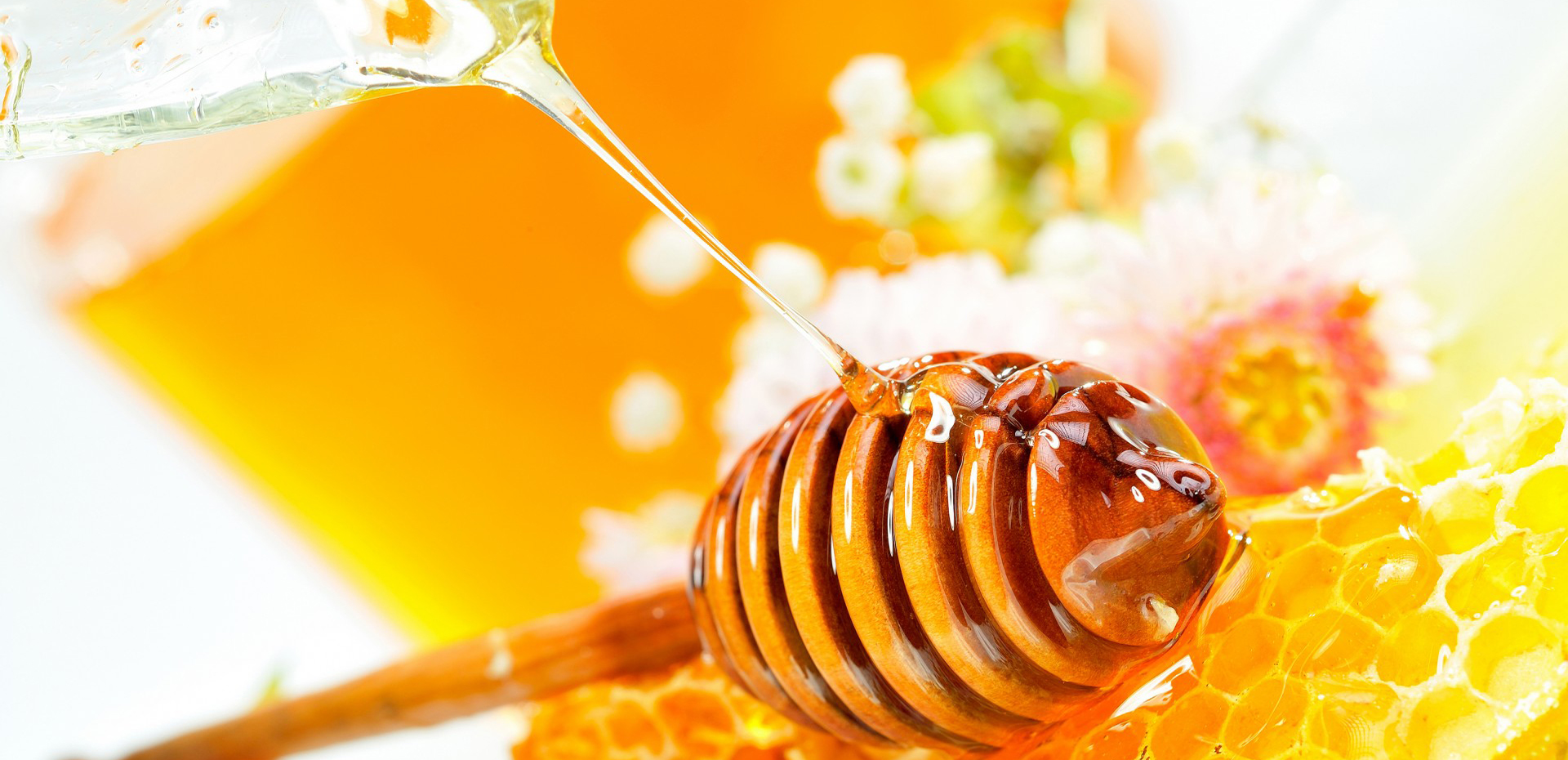
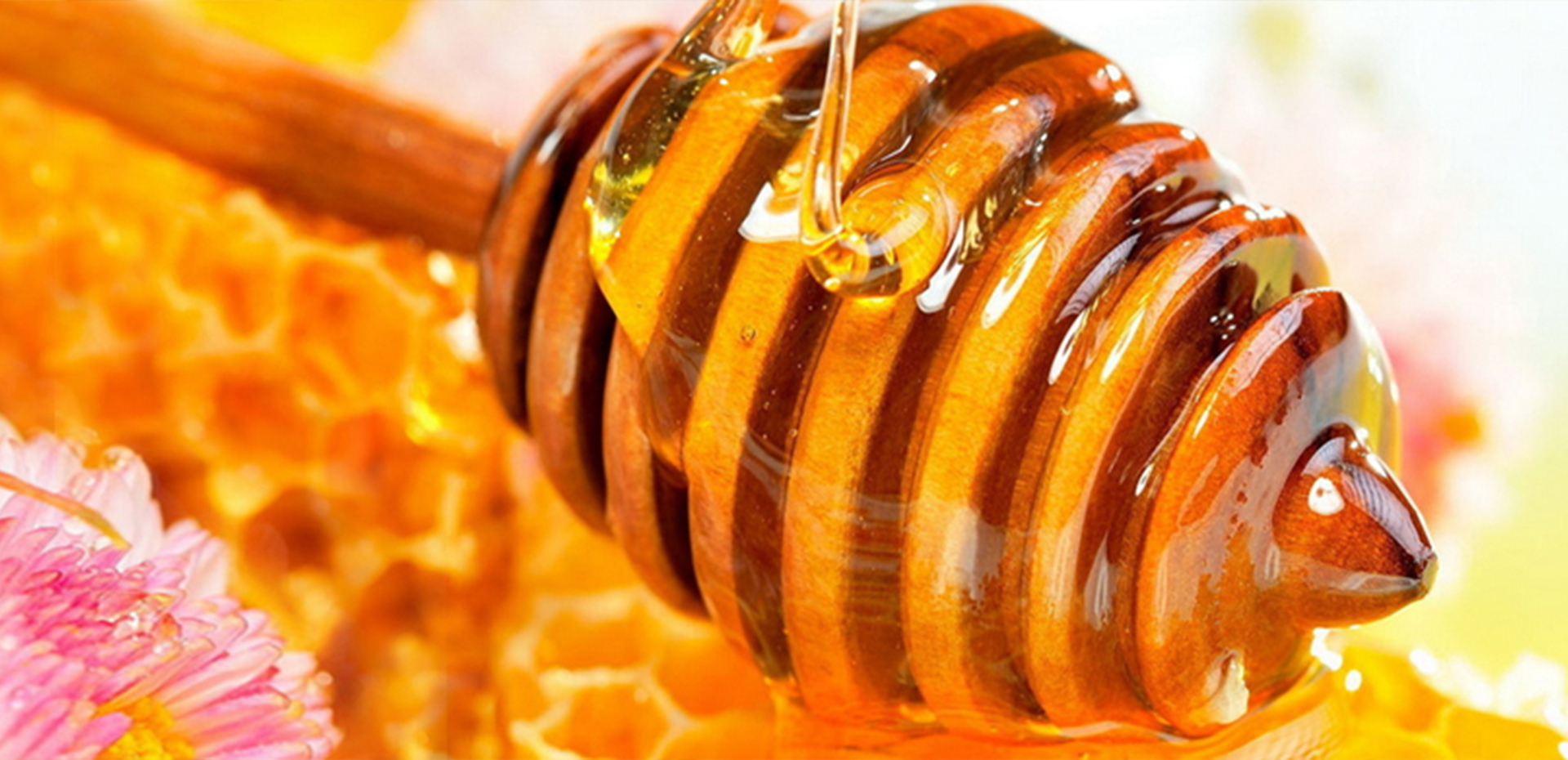

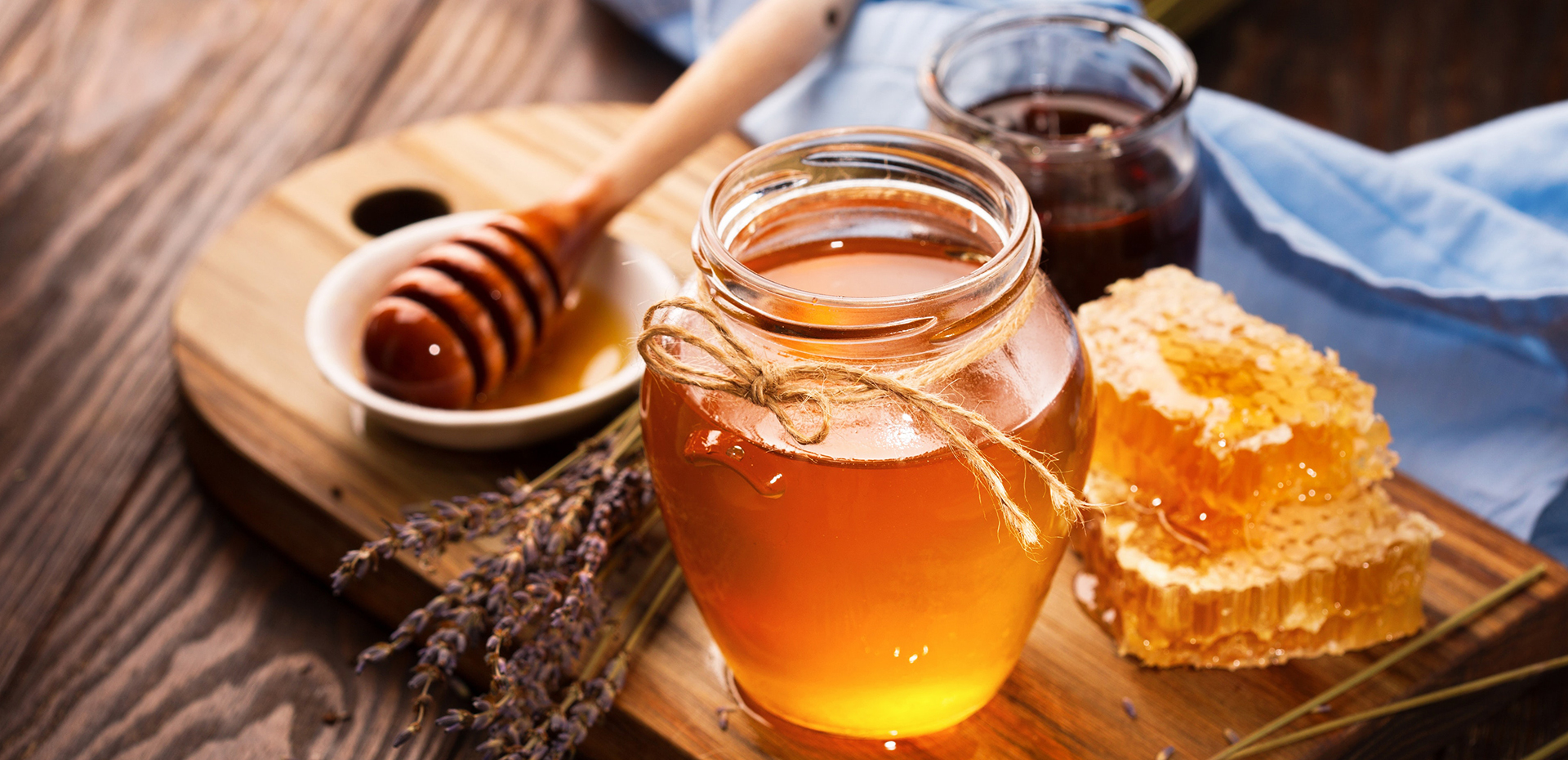
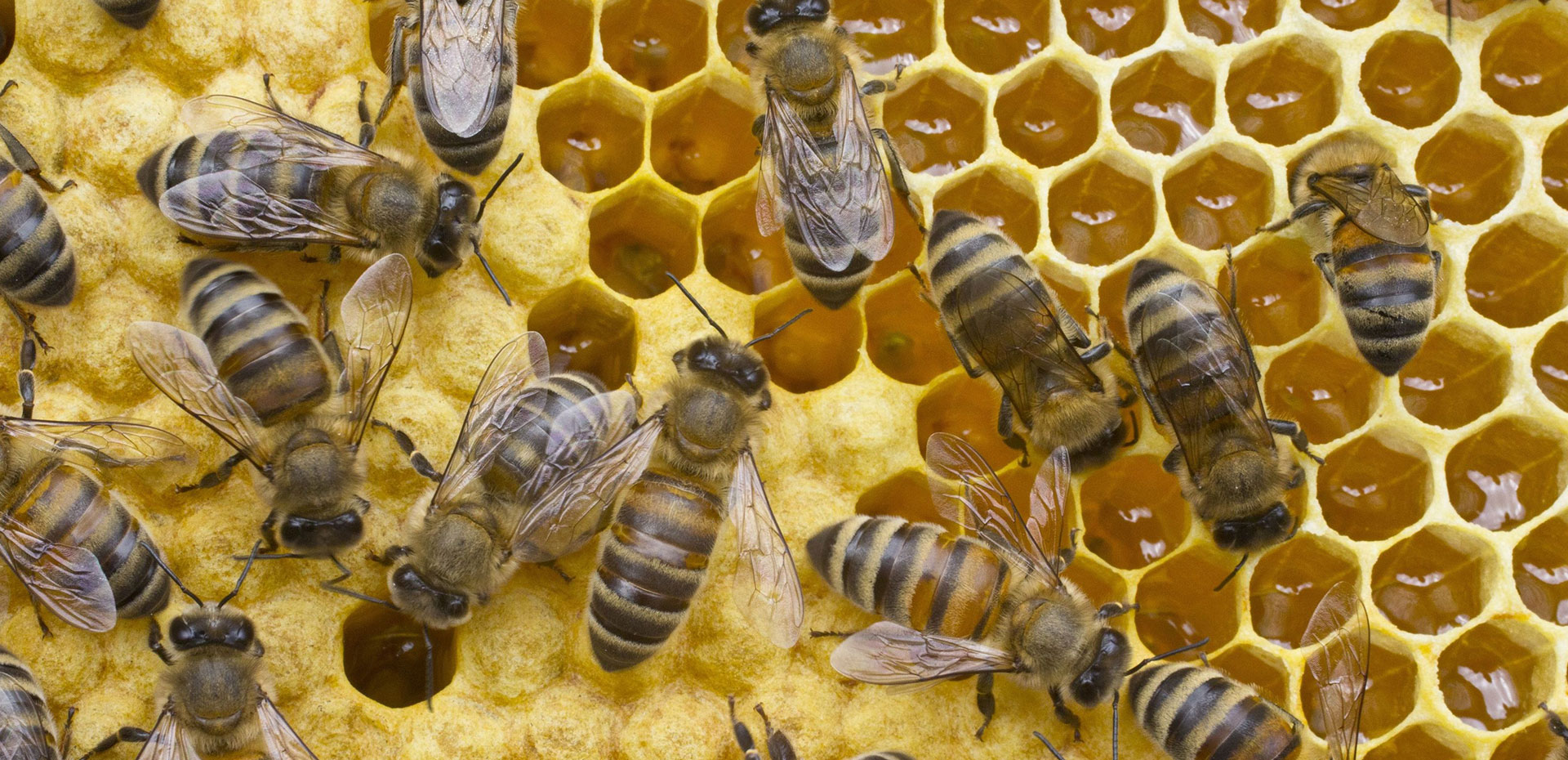
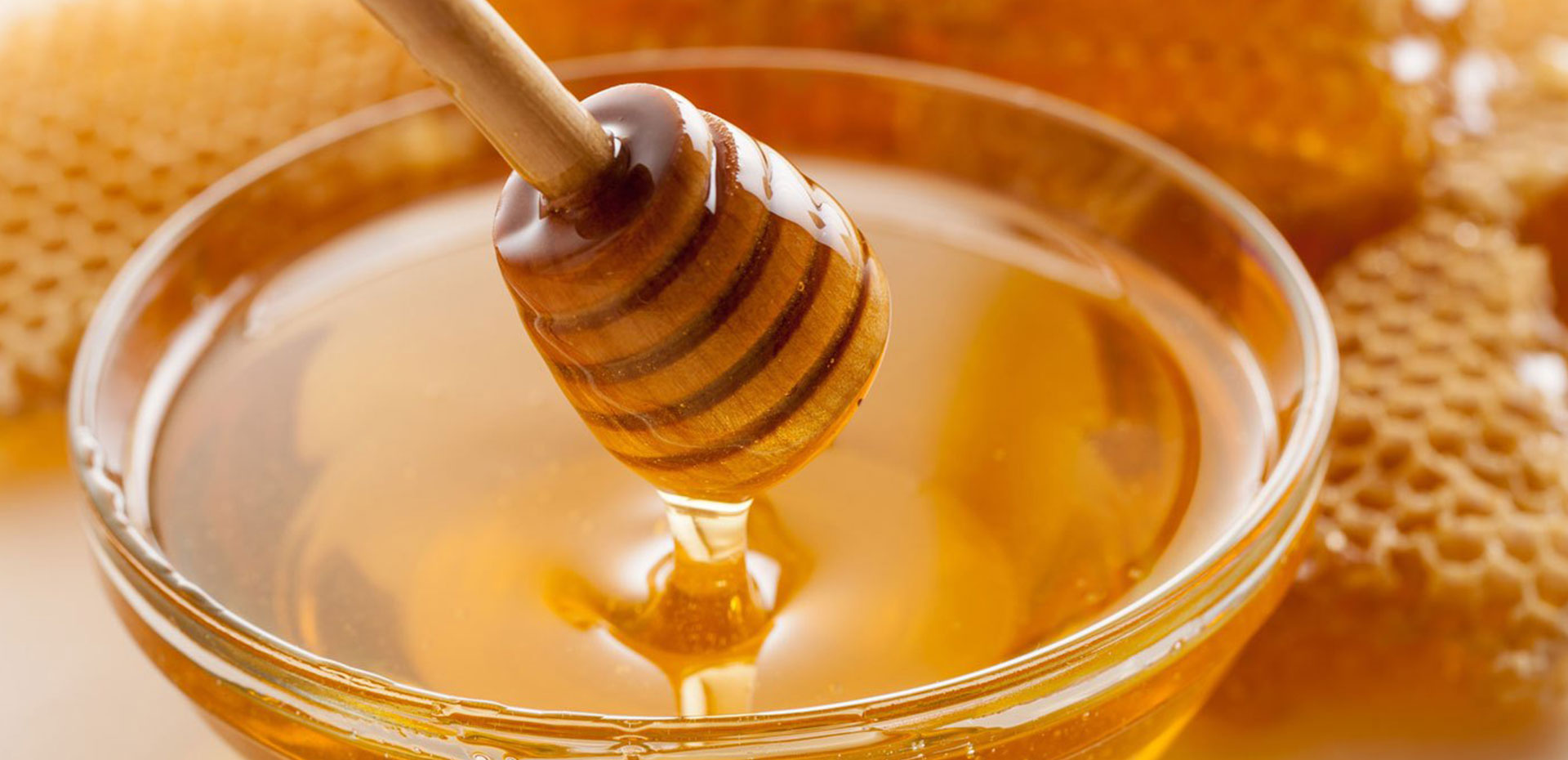
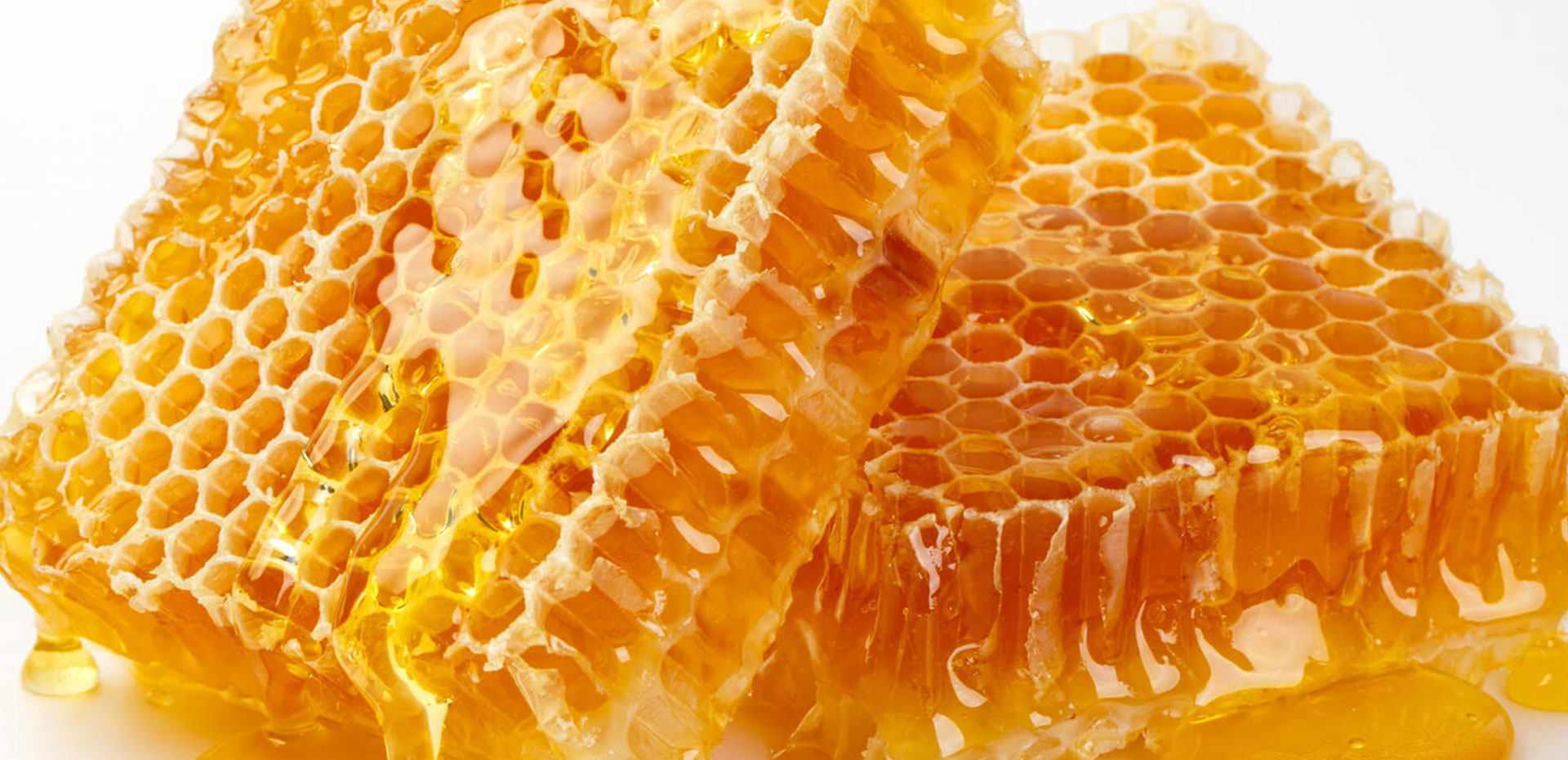
Honey extraction is the central process in beekeeping of removing honey from honeycomb so that it is isolated in a pure liquid form.
Normally, the honey is stored by honey bees in their beeswax honeycomb; in framed bee hives, the honey is stored on a wooden structure called a frame. The honey frames are typically harvested in the late summer, when they will be most filled with honey. On a completely filled frame, the cells will be capped over by the bees for storage; that is, each cell containing honey will be sealed with a capping made of beeswax.
Honey extractors are rugged and simple mechanical devices used for extracting honey from honeycombs. They utilize centrifugal force within a drum or a container that has frame baskets. This is where the combs are spun and the honey flung out. Extracting is one of the final steps in the beekeeping process, and it’s where you reap your rewards for all you’ve sowed
After the honey is extracted, it is strained to remove any remaining pieces of wax or other particles. Some beekeepers and bottlers might heat the honey to make it easier to strain, but this does nothing to alter the liquid’s natural composition. It only makes the straining process easier and more effective.
After straining, it’s time to bottle, label and distribute the honey to retail outlets. Whether the container is glass or plastic, or purchased at the grocery store or farmers market, if the ingredient label says pure honey, you can rest assured that nothing was added, from bee to hive to bottle.
“Tart Words make no Friends: a spoonful of honey will catch more flies than Gallon of Vinegar.”
“Nothing but Money, Is sweeter than Honey.”
“Honey is sweet, and so is knowledge, but knowledge is like the bee that made that sweet honey, you have to chase it through the pages of a book.”
“Life is the flower for which love is the honey.”